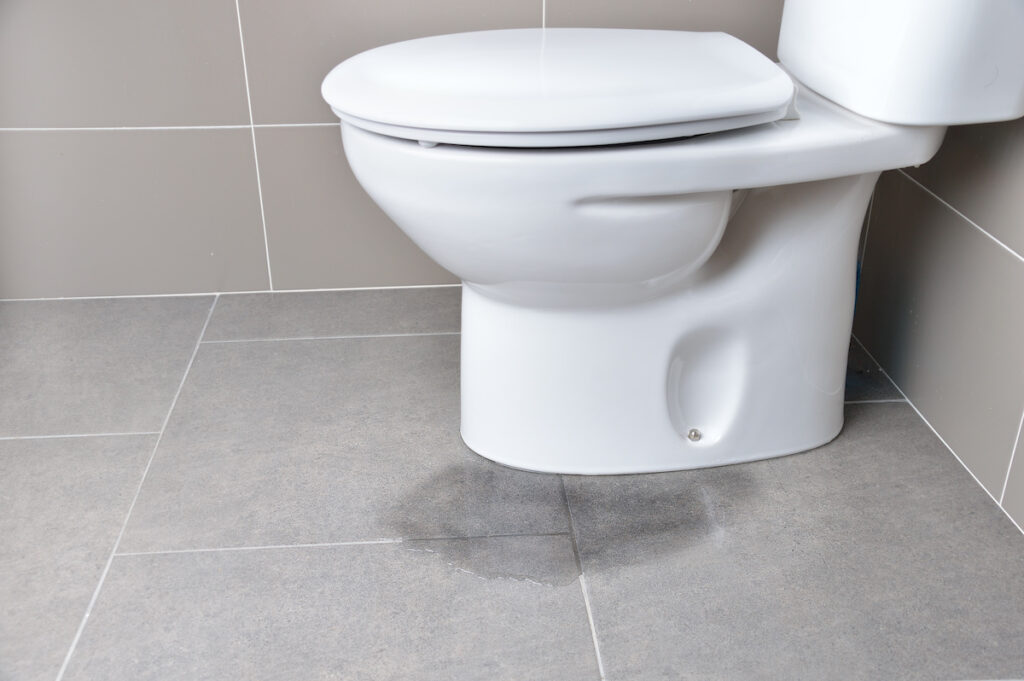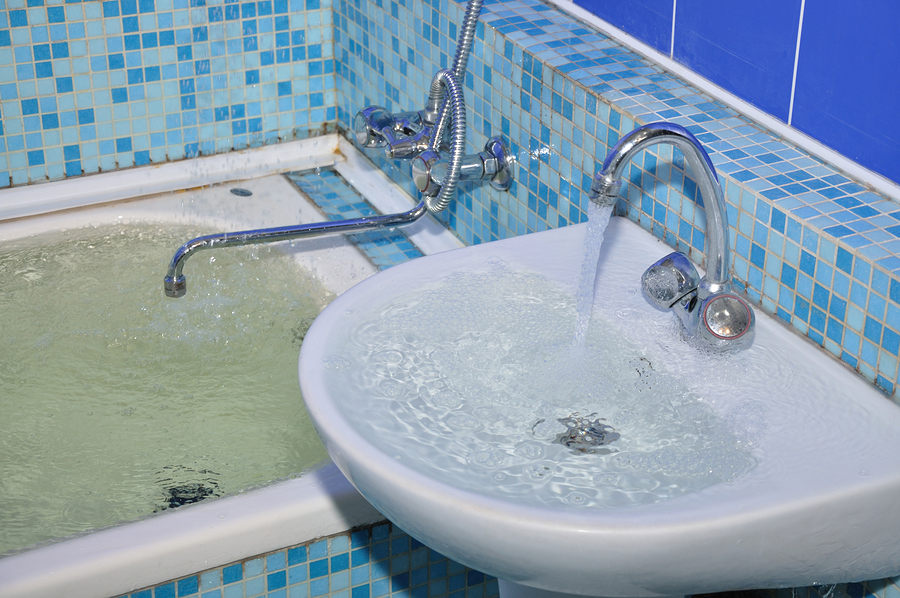Aspects Leading to Water Deterioration in the Bathroom
Aspects Leading to Water Deterioration in the Bathroom
Blog Article
They are making several great points on How to Repair and Prevent Bathroom Water Damage? overall in the article which follows.

Water damage typically occurs in the restroom because of the water used day-to-day. Occasionally, the damages could be a little mold and mildew from the shower. Various other times, it's substantial damage on your flooring. Whatever it is, it is constantly great to understand the cause and also stop it prior to it happens.
This guide will certainly undergo a few of the common sources of water damage in the washroom. We will also examine what you can do to prevent these reasons from harming your restroom. Allow's dive in.
These are the typical reasons you would certainly have water damage in your washrooms as well as just how you can find them:
Excess Moisture
It's trendy to have that lengthy shower and dash water while you hem and haw and imitate you're carrying out, but sometimes these acts can trigger water damage to your bathroom.
Sprinkling water around can cause water to head to corners and also develop mold and mildews. See exactly how you spread excess wetness around, and when you do it, clean it up to stop damage.
Splits in your wall floor tiles
Restroom wall tiles have actually been specially made for that function. They protect the wall surface from moisture from people taking showers. Nonetheless, they are not indestructible.
Occasionally, your restroom wall surface tiles fracture and also allow some dampness to seep into the wall surface. This could possibly ruin the wall surface if you don't take any action. If you notice a fracture on your wall surface tiles, repair it instantly. Do not wait until it damages your wall.
Overruning toilets and also sinks
As humans, sometimes we make errors that could trigger some water damage in the bathroom. For instance, leaving your sink faucet on might create overflowing as well as damage to various other parts of the restroom with wetness.
Also, a malfunctioning commode might create overflowing. For instance, a busted toilet take care of or other parts of the tank. When this takes place, it could harm the flooring.
As soon as you observe an overruning sink or toilet, call a plumbing technician to assist manage it immediately.
Burst or Dripping Pipelines
There are many pipes lugging water to various parts of your restroom. Some pipes take water to the bathroom, the sink, the faucets, the shower, as well as several various other areas. They crisscross the tiny location of the washroom.
Every so often, these pipes could get rusty and ruptured. Various other times, human activity might trigger them to leak. When this occurs, you'll locate water in the edges of your washroom or on the wall surface.
To identify this, watch out for gurgling walls, molds, or mildew. Call a professional emergency plumbing professional to fix this when it happens.
Roof Leaks
Often, the issue of water damage to the shower room could not come from the restroom. For example, a roof leak could cause damage to the bathroom ceiling. You can spot the damages done by looking at the water discolorations on the ceiling.
If you locate water spots on your ceiling, check the roofing system to see if it's damaged. Then, call a professional to aid address the concern.
Verdict
Water damage to your shower room can be frustrating. However, you can manage it if you protect against several of the reasons pointed out in this guide. Call a professional emergency situation plumbing professional if you see any kind of extreme damages.
How to Prevent Water Damage in Your Bathroom?
Water damage repair is an expensive, meticulous, and lengthy process. Unfortunately, bathrooms are the most susceptible rooms to water damage due to toilets, showers, and sinks. Pipes and fixtures wear out over time and are not immune to damage. But all is not lost, as there are ways to prevent water damage from occurring in your bathroom.
Check Your Plumbing
Nothing lasts forever, especially pipes, which can rust and begin leaking over time. You should periodically conduct pipe inspections and pay attention for any musty smells or water stains that may indicate you need water damage repair. Here are some things to check:
Frequently test valves for your toilet, shower, and sink to ensure they are properly working. Check faucet supply lines hidden under vanities and replace when needed. Replace cracked or deteriorating caulking along sinks, tubs, and showers. If you notice a clog in your sink, call in a professional. Since you can’t check the pipes in the wall, keep an eye out for stains, drywall bubbling, musty smells, and excess moisture; if the bathroom is on a second level, check the ceiling of the room directly below for these signs. Don’t Overwork Your Toilet
One of the most common reasons bathrooms need water damage repair is due to overflowing toilets. Save yourself the hassle of cleanup by being mindful and not pushing your toilet to extreme limits. If you have young children, it is especially important to keep an eye on them when they are in the bathroom and to teach them how to avoid clogging the toilet. Here are some more tips to help prevent your toilet from overflowing:
If you have a septic tank, only use septic-safe toilet paper Do not flush anything down the toilet besides toilet paper; items like diapers and sanitary napkins will clog the piping Pay attention to your toilet’s water level: If it’s low, it could mean it is partially clogged or that there is a crack in the toilet bowl https://www.alure.com/home-improvements-blog/resources/how-to-prevent-water-damage-in-your-bathroom

We hope you enjoyed reading our excerpt on How to Repair and Prevent Bathroom Water Damage?. Thanks so much for taking time to read through our piece. So long as you liked our blog post if you please make sure you remember to share it. Thank you so much for going through it.
Leak-free future? Call. Report this page